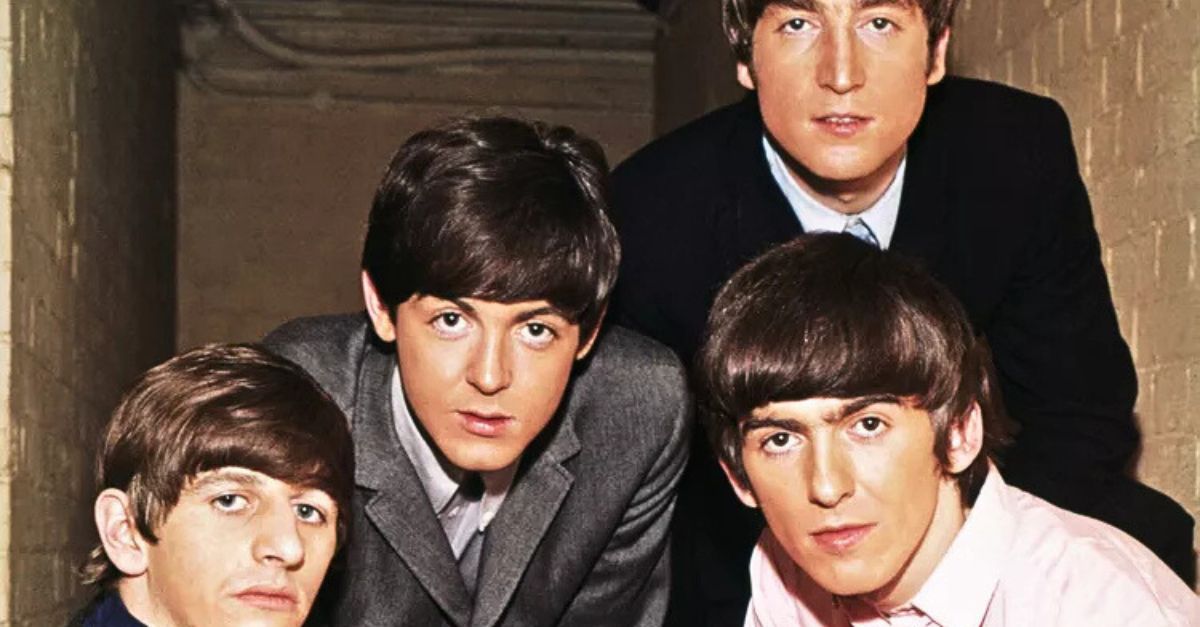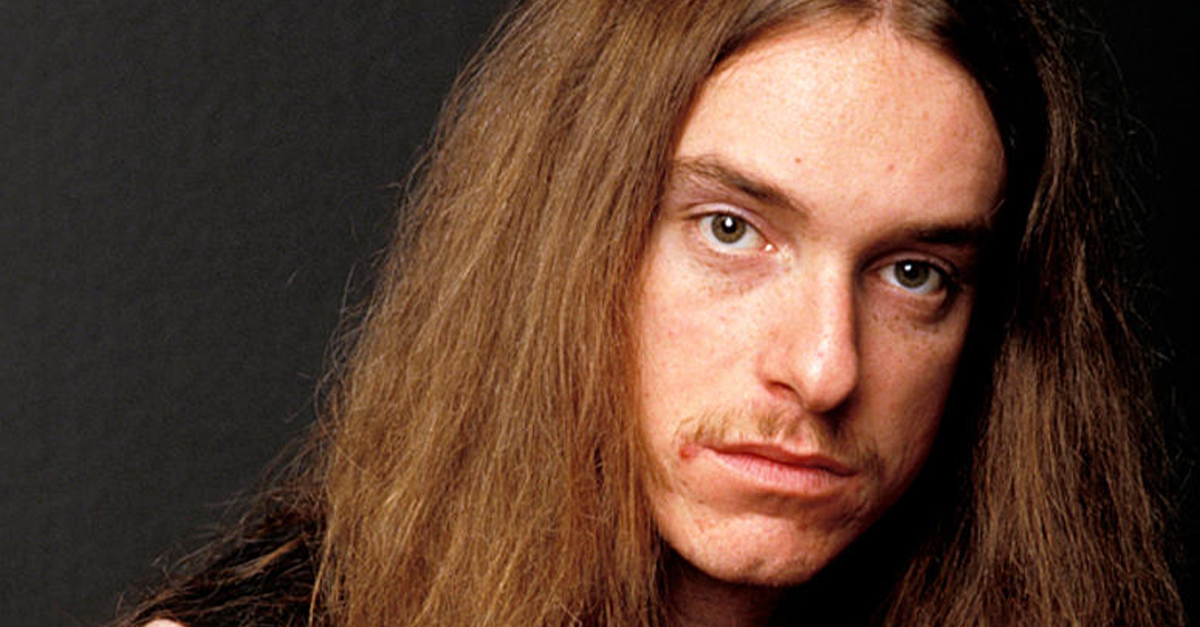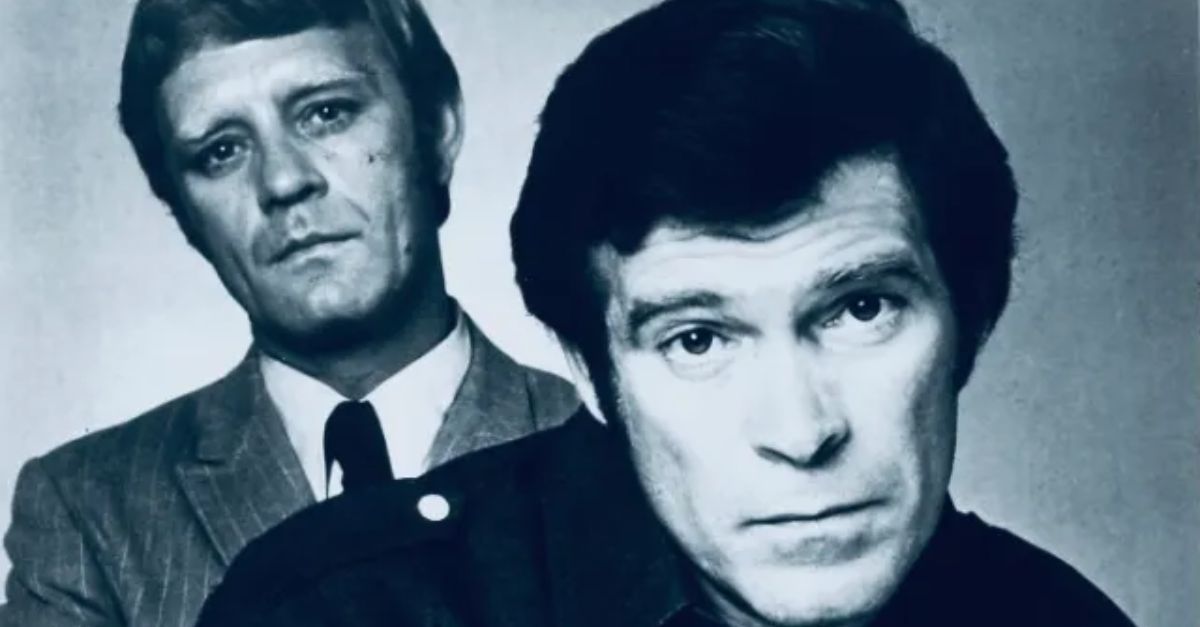Shared Vocals
One voice can define a band. But sometimes, it takes two, or even five, to make a sound unforgettable. That contrast, that tension, that harmony? It’s what kept fans coming back for decades.

Styx
The arena rock anthems of the late 70s wouldn't be the same without Tommy Shaw's distinctive wail on "Renegade," cutting through Dennis DeYoung's theatrical grandeur on "Come Sail Away". This Chicago-born band discovered that their greatest strength was the dynamic vocal contrast between two vastly different singers.
 Styx - 1996 - Renegade (Live) by P4MU
Styx - 1996 - Renegade (Live) by P4MU
Styx (Cont.)
Founded in 1972, Styx dominated classic rock radio by essentially operating as two bands in one. DeYoung commanded the spotlight on conceptual epics like “The Grand Illusion” and “Lady,” while Shaw delivered hard-hitting rockers such as “Fooling Yourself (The Angry Young Man)”.
 Styx - Live. The Grand Illusion/ Pieces Of Eight 2012 by RACO (Lutom)
Styx - Live. The Grand Illusion/ Pieces Of Eight 2012 by RACO (Lutom)
The Beach Boys
Mike Love's nasally surf narratives might seem worlds apart from Carl Wilson's tender falsetto, yet together they formed the backbone of America's most sophisticated pop band. The Wilson brothers—Brian, Carl, and Dennis—along with Love and Al Jardine, gave rise to a vocal democracy.
 Louise Palanker, Wikimedia Commons
Louise Palanker, Wikimedia Commons
The Beach Boys (Cont.)
What started as simple surf rock in Hawthorne, California, evolved into complex harmonic structures that rivaled classical compositions. "Pet Sounds" proved their vocal arrangements could be as intricate as any orchestra, with songs like "God Only Knows" featuring Carl's angelic lead.
 The Beach boys Live '95 God Only Knows by FUNFUNFUN 315620
The Beach boys Live '95 God Only Knows by FUNFUNFUN 315620
Chicago
Ten Grammy nominations and over 40 successful singles across five decades. These numbers tell the story of a group that mastered the art of vocal versatility. Chicago's commercial longevity stemmed from its ability to match singers to songs with surgical precision.
 Crisco 1492, Wikimedia Commons
Crisco 1492, Wikimedia Commons
Chicago (Cont.)
Terry Kath's blues-soaked growl on "Make Me Smile," Lamm's swagger on "Saturday in the Park," and Cetera's soaring tenor on ballads defined '80s radio. Kath's tragic death in 1978 shifted the focus to Cetera's more commercial appeal, leading to tracks like "Hard to Say I'm Sorry".
 Chicago - Saturday In The Park (Live on SoundStage - OFFICIAL) by SoundStage
Chicago - Saturday In The Park (Live on SoundStage - OFFICIAL) by SoundStage
KISS
Paul Stanley and Gene Simmons are the two most consistent vocalists, often splitting lead on many of their classic tracks. Stanley's anthemic roar powered stadium rockers, while Simmons' menacing growl brought comic book villainy to life on songs such as "Rock and Roll All Nite".
 KISS “Rock and Roll All Nite” Live on the Stern Show by The Howard Stern Show
KISS “Rock and Roll All Nite” Live on the Stern Show by The Howard Stern Show
KISS (Cont.)
The band's 1978 solo albums showed just how different these voices really were. Peter Criss's surprising tenderness on "Beth" became their biggest hit. Ace Frehley's rare vocal appearances, like his spacey take on "2,000 Man," also added an element of unpredictability.
 KISS: 2000 Man (NYC ~ Aug 9, 1995) by shinner65
KISS: 2000 Man (NYC ~ Aug 9, 1995) by shinner65
Three Dog Night
Picture three guys sitting around in LA in 1967, harmonizing to whatever came on the radio, and accidentally inventing a new kind of rock band. Danny Hutton's concept was simple but revolutionary: why settle for one great voice when you could have three?
 Original uploader and author was Ravens326 at en.wikipedia, Wikimedia Commons
Original uploader and author was Ravens326 at en.wikipedia, Wikimedia Commons
Three Dog Night (Cont.)
Chuck Negron brought along doo-wop experience. Their hit-making formula was ruthlessly efficient—21 Top 40 hits between 1969 and 1975 made them a pretty popular live act in America during that period. Wells commanded soulful numbers like “Mama Told Me Not to Come”.
 3 Dog Night - Mama Told Me Not To Come (1970) by NVNCBL
3 Dog Night - Mama Told Me Not To Come (1970) by NVNCBL
The Beatles
The Fab Four changed how bands could use multiple voices. Each Beatle brought something different: Lennon's rebellious sneer, McCartney's melodic optimism, Harrison's mystical introspection, and Ringo's everyman charm. They were an English rock band formed in Liverpool in 1960.
 Abi Skipp from London, England, Wikimedia Commons
Abi Skipp from London, England, Wikimedia Commons
The Beatles (Cont.)
Their songwriting partnership extended into arrangements that were deceptively sophisticated. "A Hard Day's Night" showcases their early harmonic interplay. The magic happened when they combined forces—"I Want to Hold Your Hand" features both Lennon and McCartney trading leads and harmonizing in amazing ways.
Toto
Studio musicians don't usually become superstars, but Toto's collection of Los Angeles session aces realized that their behind-the-scenes compositions could birth massive pop hits. The band's 1982 masterpiece "Toto IV" became a showcase for three voices working in superb synchronization.
Toto (Cont.)
Each singer brought specific strengths that enhanced different types of material. Lukather's guitar-hero background gave him natural command over rock anthems, while Kimball's R&B influences supported their funkier numbers. Paich, the band's primary songwriter, understood how to craft vocal parts that played to everyone’s strengths.
Pink Floyd
David Gilmour joining Pink Floyd in 1967 didn’t just fill Syd Barrett’s shoes; it completely turned the band from a quirky psychedelic act into some serious progressive rock legends. The way Gilmour and Roger Waters blended their voices became the ultimate source behind their concept albums.
 Pink Floyd - Let There Be More Light (‘Surprise Partie’) by Pink Floyd
Pink Floyd - Let There Be More Light (‘Surprise Partie’) by Pink Floyd
Pink Floyd (Cont.)
Waters brought intellectual intensity and theatrical delivery to tracks like “Brain Damage”. At the same time, Gilmour's more melodic sensibilities elevated "Money" and “Us and Them”. Their chemistry peaked on "Comfortably Numb," where Waters' verses set up psychological tension that Gilmour's soaring choruses then released.
 Pink Floyd - Comfortably Numb (Recorded at Live 8) by Pink Floyd
Pink Floyd - Comfortably Numb (Recorded at Live 8) by Pink Floyd
The Band
Robbie Robertson might have written most of the songs, but The Band's magic lived in the brilliant voices of three men. Rick Danko's plaintive tenor, Levon Helm's Arkansas drawl, and Richard Manuel's haunting vulnerability created an authenticity that Bob Dylan himself couldn't resist.
 Jim Summaria, Wikimedia Commons
Jim Summaria, Wikimedia Commons
The Band (Cont.)
Their approach was deeply rooted in American folk traditions. "The Weight" became their signature partly because it featured all three singers trading verses like old friends telling stories. Helm's "The Night They Drove Old Dixie Down" captured Civil War heartbreak with historical precision.
 The Band - The Night They Drove Old Dixie Down by bluearmyfr111
The Band - The Night They Drove Old Dixie Down by bluearmyfr111
The Cars
Talk about Ric Ocasek's robotic monotone and Benjamin Orr's smooth romanticism. While casual listeners tend to associate Ocasek's quirky delivery with "My Best Friend's Girl" and "You Might Think," it was actually Orr's bass-playing, heart-on-sleeve vocals that gave us some of their biggest moments.
 The Cars - You Might Think (Live Aid 1985) by Live Aid
The Cars - You Might Think (Live Aid 1985) by Live Aid
The Cars (Cont.)
His tender performance on "Drive" was considered their highest-charting single. The contrast between these two singers defined The Cars' entire aesthetic—Ocasek personified their quirky, detached new wave persona, and Orr brought genuine emotion to tracks like “Just What I Needed” and “Let's Go”.
 Let's Go - The Cars | The Midnight Special by The Midnight Special
Let's Go - The Cars | The Midnight Special by The Midnight Special
Eagles
"Hotel California" was the Eagles' most well-known track, but their biggest success was getting five different singers to deliver hits that sold millions. Don Henley and Glenn Frey really stood out as the main songwriting duo. Frey's laid-back California cool powered early songs like “Take It Easy”.
 Eagles - Take It Easy (Live on MTV 1994) (Official Video) [HD] by Eagles
Eagles - Take It Easy (Live on MTV 1994) (Official Video) [HD] by Eagles
Eagles (Cont.)
Folks usually say that when Joe Walsh showed up in 1975, his distinctive rasp added a harder edge to "Life in the Fast Lane". Timothy B Schmit also contributed his high harmonies and occasional leads, such as "I Can't Tell You Why".
 Eagles - Life in the Fast Lane (Live on MTV 1994) (Official Video) [4K] by Eagles
Eagles - Life in the Fast Lane (Live on MTV 1994) (Official Video) [4K] by Eagles
Fleetwood Mac
Lindsey Buckingham and Stevie Nicks joined the struggling British blues band in 1975, bringing along more than just their Buckingham Nicks duo experience. Along with keyboardist Christine McVie, they crafted a three-way vocal dynamic that could handle anything from McVie's sweet pop confections to Nicks' mystical epics.
Fleetwood Mac (Cont.)
The genius of their approach became clear during the "Rumours" sessions, when personal relationships were crumbling but the music reached unprecedented heights. Each singer processed their romantic disasters differently—McVie maintained her sunny optimism on "You Make Loving Fun," Nicks channeled her heartbreak into “Dreams”.
 Fleetwood Mac - Dreams 1997 Live Video HQ by NEA ZIXNH
Fleetwood Mac - Dreams 1997 Live Video HQ by NEA ZIXNH











